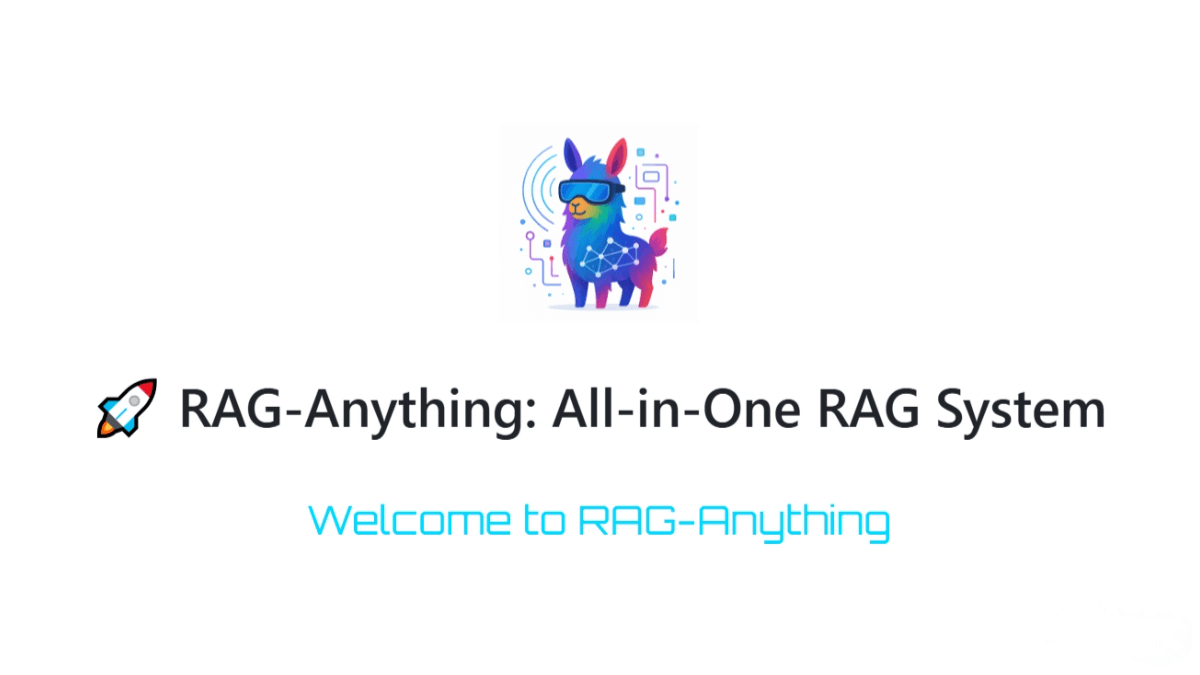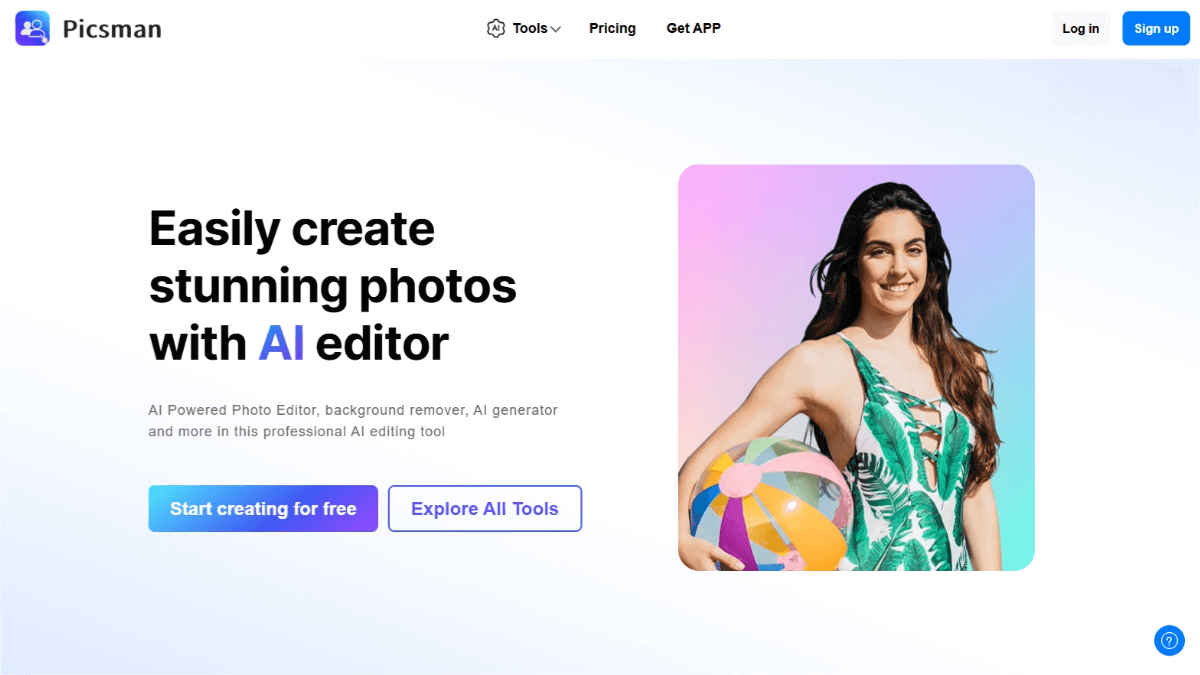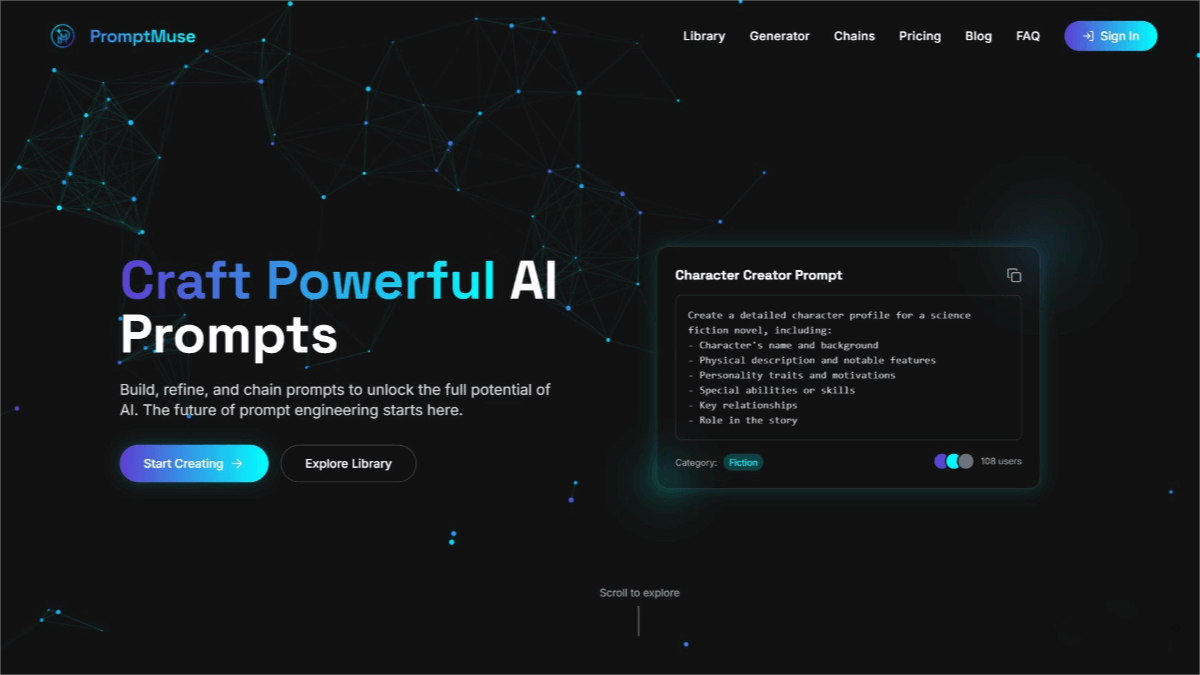What is RAG-Anything?
RAG-Anything is an open-source multimodal Retrieval-Augmented Generation (RAG) system developed by the Data Intelligence Lab at the University of Hong Kong. It is designed to handle complex documents that include text, images, tables, and formulas, offering an end-to-end solution from document ingestion to intelligent querying. The system leverages a multimodal knowledge graph, flexible parsing architecture, and hybrid retrieval mechanisms to significantly enhance its ability to process a wide range of document types, including PDFs, Office documents, images, and text files. Core advantages of RAG-Anything include an end-to-end multimodal pipeline, multi-format document support, multimodal content analysis engine, knowledge graph indexing, flexible processing architecture, and cross-modal retrieval mechanisms.

Key Features of RAG-Anything
-
End-to-End Multimodal Pipeline: Provides a unified workflow from document parsing to intelligent multimodal querying.
-
Multi-Format Document Support: Compatible with PDFs, Office documents (DOC/DOCX, PPT/PPTX, XLS/XLSX), images (JPG, PNG, etc.), and text files (TXT, MD).
-
Multimodal Content Analysis Engine: Specialized processors are deployed for images, tables, formulas, and general text to ensure accurate content parsing.
-
Knowledge Graph Indexing: Automatically extracts entities and cross-modal relationships to build a semantically connected network.
-
Flexible Processing Architecture: Supports both the MinerU intelligent parsing mode and direct multimodal content injection mode, adaptable to various application scenarios.
-
Cross-Modal Retrieval Mechanism: Enables intelligent retrieval across text and multimodal content, ensuring precise information location and matching.
Technical Principles of RAG-Anything
-
Graph-Enhanced Text Indexing: Uses large language models (LLMs) to extract entities (nodes) and their relationships (edges) from text to construct a knowledge graph. For each entity and relation, a key-value text pair is created—keys for efficient retrieval, values as summaries from relevant data segments. It merges identical entities and relations across sources to reduce graph processing overhead and improve efficiency.
-
Dual Retrieval Paradigm:
-
Low-Level Retrieval: Focused on retrieving specific entities and their attributes or relationships, ideal for detail-oriented queries.
-
High-Level Retrieval: Addresses broader topics by aggregating related entities and relationships, offering insights into higher-level concepts and summaries.
-
-
Graph and Vector Integration: Combines graph structures with vector representations. The retrieval algorithm uses both local and global keywords to improve efficiency and result relevance.
-
Retrieval-Augmented Answer Generation: Utilizes retrieved data to generate answers through LLMs. These answers integrate names, descriptions, and original text fragments of entities and relationships, aligning outputs with user intent across varied data sources.
-
Complexity Optimization:
-
During the graph-based indexing phase, LLMs extract entities and relationships from each text block efficiently without extra overhead.
-
In the graph-based retrieval phase, LLMs generate relevant keywords, and vector search is used to reduce computational costs significantly.
-
Project Links for RAG-Anything
-
GitHub Repository: https://github.com/HKUDS/RAG-Anything
-
arXiv Technical Paper: https://arxiv.org/pdf/2410.05779
Use Cases of RAG-Anything
-
Academic Research: Quickly parse and understand large volumes of academic literature, extract key insights and research findings, support literature reviews and experimental data analysis, and enable interdisciplinary research.
-
Enterprise Knowledge Management: Consolidate internal corporate documents such as meeting notes and project reports, providing intelligent querying and knowledge sharing to enhance internal information flow.
-
Financial Analysis: Process financial statements and market research reports, extract key financial indicators and trends, and assist with risk assessment and investment decisions.
-
Healthcare: Analyze medical records that include text, images, and tables to support diagnosis and treatment planning, as well as manage medical research literature and experimental data.
-
Intelligent Customer Support: Quickly respond to customer inquiries, improve customer service efficiency, integrate enterprise knowledge bases, and offer intelligent search and recommendations to enhance the customer experience.




